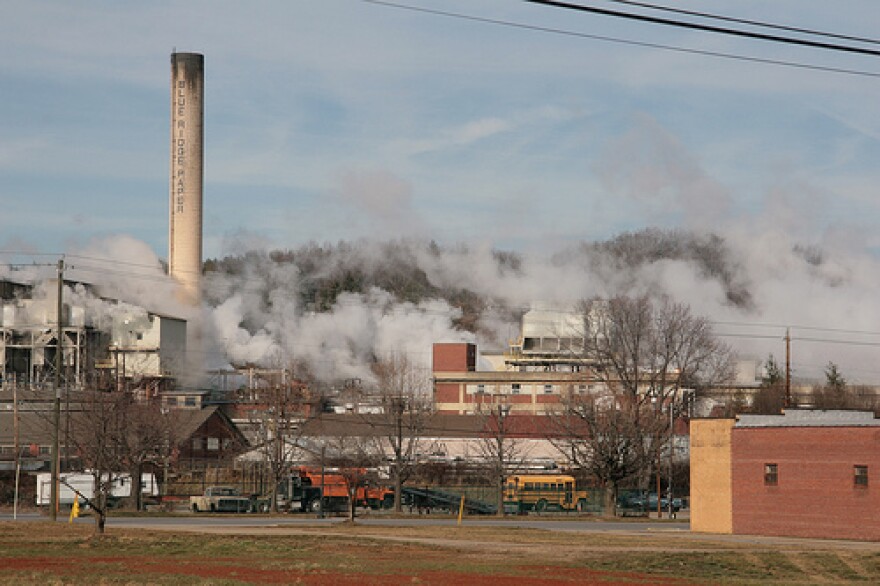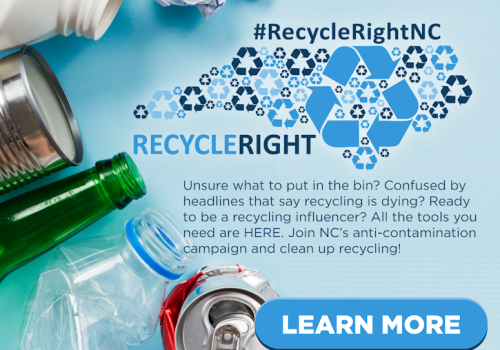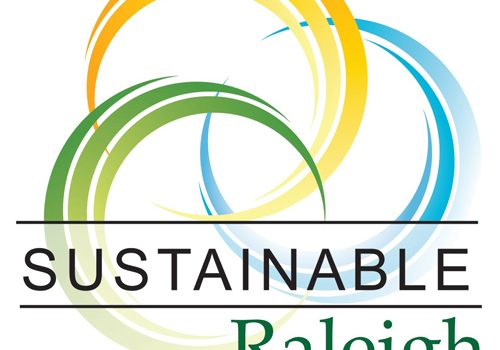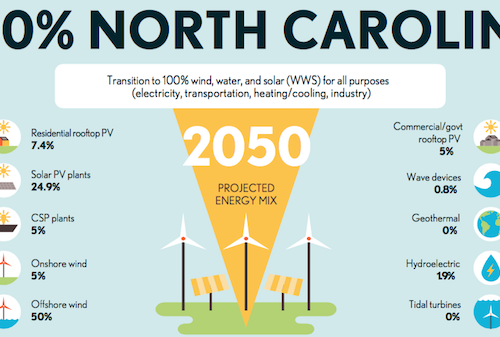Is North Carolina One Of The States With A Lot Of Pollution?
North Carolina is a U.S. state in the south-eastern part of the country. It shares its border with Virginia, South Carolina, Georgia, and Tennessee. It also has a long coast along the Atlantic Ocean. The state capital is Raleigh, but the biggest city is Charlotte. In 2019, there were almost 10.5 million people living in the state. This made it the ninth most densely populated state in the US.
If you look at data from 2020 again for state capital, you can see that the air quality in Carolina was within the World Health Organization’s target range for 8 months of the year (WHO). The goal is less than or equal to 10 g/m3. In March, July, and August, the number went up a little to between 4 – 12 g/m3, which is in the “Good” range.
The number for December went up just a little bit, but that was enough to move into the next category, “Moderate,” which includes numbers between 12.1 and 35.4 g/m3.When you look at numbers from previous years, 2017 had 8.7 g/m3, and 2018 had 8.3 g/m3. In 2019, the number went up to 12.2 g/m3, which was a surprise. In 2020, it will go back down to 9.5 g/m3.
How Do People In North Carolina Quantify The Air Quality?
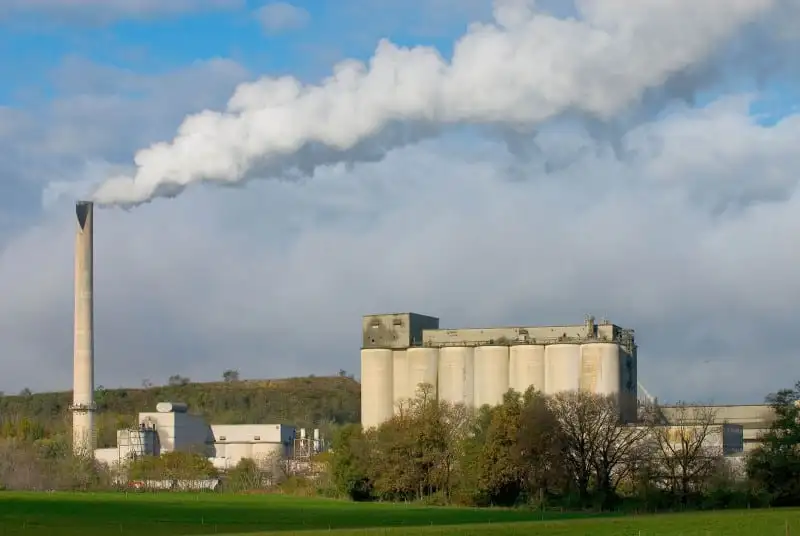
In the 1970s, scientists found that there were six main contaminants that were the worst for the environment and for people’s health. Even now, these six pollutants are still the standard. They are ozone (O3), particles (PM2.5 and PM10), carbon monoxide (CO), Sulphur dioxide (SO2), nitrogen dioxide (NO2), and lead (Pb).
The above six pollutants can make people sick, even kill them early, hurt the environment, and cause damage to property. Common places where these pollutants come from are coal-fired power plants, factories, and both on-road then off vehicles.
Where Does The Dirty Air In North Carolina Come From?
Ground-level ozone, which is the main component of “smog,” and particle pollution PM2.5 and PM10 are North Carolina’s two biggest air quality problems. Emissions from cars and power plants that use coal to make electricity are the main sources of both pollutants. Even with cleaner cars as well as other new tech, the air might get worse as the population grows, putting people’s health at risk and making life less enjoyable.
On a more unusual note, North Carolina has more metric tones of manure per acre of grassland than just about any other state. This is because pig, chicken, as well as turkey farms have grown and become more intensive.
Because “factory farming” is so busy, there is often too much waste for it to be handled safely. Pig farming is thought to produce 10 billion gallons of water each year. This slurry is managed to keep in cesspits until it is used as fertilizer on farms by spraying it on the land. But because of how much is being made now, more is being made than the land can handle.
People think that there are 9 million pigs, 776,000 cattle, 161 million chickens, and 16 million turkeys in North Carolina. Every day, these animals and birds make about 147.5 million pounds of manure, which is their waste. That’s more than anyone can handle well.
Ammonia, which is a gaseous form of nitrogen, comes out of animal waste. By leaching into the ground, it pollutes the water and makes areas in rivers and streams where nothing can live. It also makes asthma worse in people.

